
In a recent review article published in Spectrochimica Acta Part B: Atomic Spectroscopy, authors evaluate the progress atomic spectroscopy has made in heavy metal isotope analysis

In a recent review article published in Spectrochimica Acta Part B: Atomic Spectroscopy, authors evaluate the progress atomic spectroscopy has made in heavy metal isotope analysis

A recent study used inductively coupled plasma–mass spectrometry (ICP-MS) to study the copper isotopic composition of ores of specimens excavated at three Copper and Early Bronze Age mining centers.
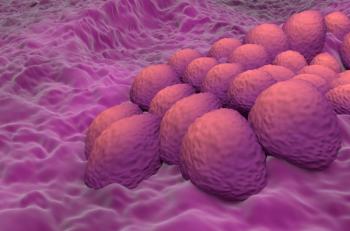
A study employing Raman spectroscopy has uncovered distinct metabolic alterations in cancer-associated fibroblasts (CAFs) isolated from overweight and obese endometrial cancer patients, providing valuable insights into the mechanistic link between obesity and endometrial cancer progression.

A new study showcases a newly developed automated mineral classification workflow based on laser-induced breakdown spectroscopy (LIBS) mapping, enabling fast and accurate identification of minerals in geological samples.

New research demonstrates the potential of combining LIBS and EPMA for distinguishing and characterizing uranium mineralizations, opening new avenues for environmental protection and ore genesis studies.

Researchers have developed a transfer learning-assisted laser-induced breakdown spectroscopy (LIBS) method to identify geographical origins of crops with an impressive accuracy by incorporating deep adaptation networks.
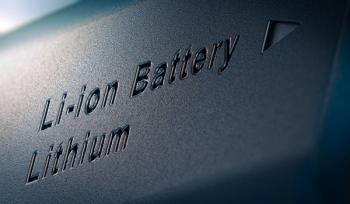
Researchers at Université Paris-Saclay have successfully employed the novel laser-induced breakdown self-reversal isotopic spectrometry (LIBRIS) technique to achieve high-resolution isotopic analysis of lithium in solid-state electrolytes for lithium batteries. The breakthrough method offers valuable insights into lithium transport mechanisms at a microscale level, holding promise for the development of safer and more efficient Li-ion batteries in the future.

The Denver X-ray Conference (DXC) will take place August 7–11th, 2023, at the Westin Chicago Lombard, in Lombard, Illinois.

Spectroscopy magazine is pleased to welcome you to the “Planetary Bodies and Other Celestial Objects” landing page, one of three landing pages in our “Spectroscopy and Space Exploration” content series.

Spectroscopy magazine is pleased to welcome you to the “Mars” landing page, one of three landing pages in our “Spectroscopy and Space Exploration” content series.

Spectroscopy magazine is pleased to welcome you to the “Outer Space: The Final Frontier” landing page, one of three landing pages in our “Spectroscopy and Space Exploration” content series.

Researchers have developed a highly sensitive method for determining total chromium in seawater using ultrasound nebulization-dielectric barrier discharge (UNDBD) vapor generation coupled with inductively coupled plasma-mass spectrometry (ICP-MS).

A research group has utilized laser-induced breakdown spectroscopy (LIBS) to analyze the contamination profiles of Frascati Tokamak Upgrade (FTU) limiter tiles after exposure to fusion plasma. The study revealed the presence of various contaminants, including boron, calcium, lithium, and eroded materials, providing valuable insights into the distribution and effects of fusion plasma on the surfaces of these tiles.

Researchers have developed a small and cost-efficient picoliter droplet printing device capable of accurately depositing 65 different elements for micro preparation.

A team of researchers have investigated the early dynamics of laser-induced plasma and cavitation bubbles in water, enhancing our understanding of underwater laser-induced breakdown spectroscopy (LIBS) and the critical role of bubble-plasma interaction in characterizing laser-induced plasma in water.

Researchers have developed an advanced method using laser-induced breakdown spectroscopy (LIBS) for sensitive and accurate detection of nitrogen in simulated Martian soil.

By evaluating different pretreatment techniques, such as sieving and milling, the study highlights the significance of achieving sample homogeneity for precise analysis of soil texture and organic carbon content.

A team of researchers has developed a greener and simplified method for determining elemental contaminants and metal catalyst residues in carbon nanotubes (CNTs) using ICP-OES.

Researchers have developed a non-destructive method for identifying monoclonal antibody drug substances using Raman spectroscopy.

Researchers explore the antioxidant potential of Corema album (L.) D. Don by conducting a spectrochemical analysis on its leaf extracts. The study uncovers seasonal and sexual variations in antioxidant activity and phenolic compound composition, providing valuable insights for harnessing the bioactive properties of this plant species.

Researchers delve into the interaction between calf thymus DNA and an anticancer platinum (Pt) complex, uncovering its binding mechanism through spectroscopy and molecular dynamic simulations, offering valuable knowledge for future therapeutic advancements.
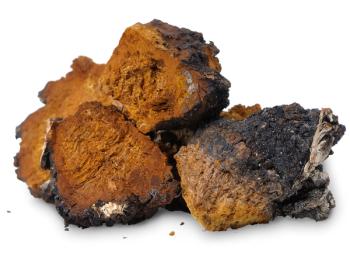
Researchers identify osmundacetone as a strong inhibitor of xanthine oxidase, revealing its interaction mechanism and paving the way for the development of novel uric acid-related disorder treatments.
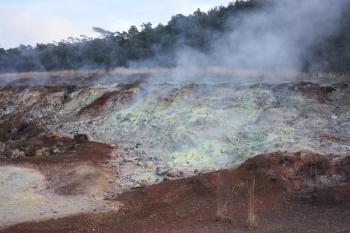
Researchers have developed a selective fluorescent probe, derived from flavone derivatives, called FlaN-DN for hydrogen sulfide (H2S) detection and intracellular imaging.

This study provides insights into the alternative use of barochromic studies for determining the polarizability of organic molecules in excited states.
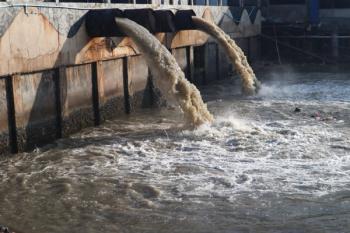
Scientists have investigated the sorption mechanism of organic compounds on a mineral composite sorbent using infrared spectroscopy providing insights for the development of effective wastewater purification methods.

A research team has designed and synthesized two fluorescent sensors, CAA and CAB, for fluorescence detection of copper ion (Cu2+) and formaldehyde.

Researchers have developed a novel fluorophore, diaryl maleimide (DAM), with multichromic properties potentially useful for volatile vapor detection in LED lighting systems, showcasing its versatility and applications in sensing technologies.

A new study has been conducted on the phase transitions in 1-adamantylamine and 1-adamantanol. Through various experimental techniques, they revealed the nature of these transitions, including changes in dielectric properties and sensitivity to pressure, providing valuable insights into the behavior of these compounds.

A new study introduces a filter fluorometer calibration method that eliminates the need for the fluorometer itself.

A scientific team has developed a two-photon phosphorescent probe, Ir-CN, for the sensitive detection of sulfur dioxide derivatives in living cell mitochondria.